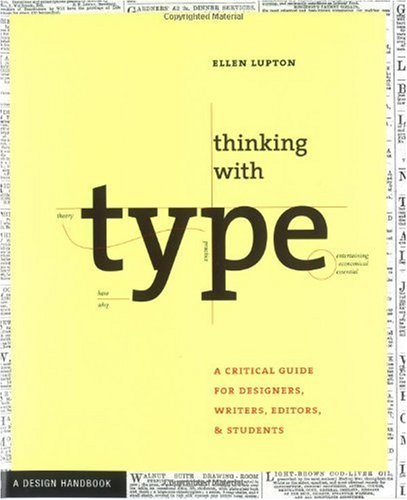I grew up in a small town with a
small library. It was dark and crowded, full of shelf upon shelf of old books with one-color cloth covers, names embossed in gold and worn off so you had to read the title page if you wanted to know what you'd found. The pages were thin, usually spotted brown in places, and they smelled musty and delicious. To me, each one was a forgotten treasure: I discovered E. Nesbit, Edward Eager, Elizabeth Enright, and L. M. Boston on those shelves, and for years believed that I was the only one who had read the secrets of the Psammead and the Natterjack, Gone-Away Lake and Green Knowe.
Every spring, this library has a fundraising book sale. Every available surface is covered with old donated books and signs that read "Fill a bag for $1!" My mother went this year around the time of my graduation from Simmons with an MFA in Writing for Children and looked for children's books that might be of interest to me. She found one, complete with its own sign:

She put the book in her closet to give to me as a graduation gift, and lost it until yesterday when she cleaned out the closet.

The dust jacket is missing, the binding is beginning to unbind, and the front matter has turned the color of a nicely-toasted marshmallow, but it's absolutely beautiful. I delighted in reading the original first line on one of the original first pages: "When Mrs. Frederick C. Little's second son was born, everybody noticed that he was not much bigger than a mouse." Two days after the book was released, Harold Ross, founder of
The New Yorker, read that line and told White he had made "one serious mistake." Jill Lepore recounts their conversation in her article
"The Lion and the Mouse: The battle that reshaped children's literature." Apparently, Ross shouted at White, "You said [Stuart] was born. God damn it, White, you should have had him adopted!" White heeded his boss and in later editions changed Stuart's first appearance from "born" to "
arrived."
Lepore's article is worth a read for more than just that anecdote. It spares no detail of the drama surrounding
Stuart Little, Anne Carroll Moore, Ursula Nordstrom, and E.B. and Katherine White in the 1930s and 40s. E.B. White had written an article in 1938 that called writing for children "easy work," and Anne Carroll Moore, then Superintendent of the Department of Work with Children at the New York Public Library, replied with "I wish to goodness you would do a real children's book yourself." By the time White's first manuscript was ready to submit to legendary Harper children's editor Nordstrom in 1945, Moore had been retired for four years. In typical

Moore-ish fashion, though, she felt that it was more her book than anyone else's and insisted on seeing a copy before its release. Nordstrom begrudgingly sent a galley...and Moore utterly despised it. She hated it so much she sent a fourteen-page letter to the Whites, had a closed-door meeting with Nordstrom about pulling it from the Harper list, and ordered Frances Clarke Sayers, her successor at the NYPL, not to buy the book for the library. (Sayers did buy a copy, but she kept it hidden under her desk.)
Despite Moore's best intentions,
Stuart Little had a first print run of 50,000 copies, sold 100,000 copies in just three months, and has now sold over four million copies. After all of her work to keep it out of libraries and schools, Anne Carroll Moore is probably rolling in her grave to think that someone took a copy of
Stuart Little out of a dump, brought it inside a library, and got it into the hands of a third-grade teacher. But now, just like Stuart at the end of his book, he is finally "headed in the right direction."
--Emily











































![Indie Publishing: How to Design and Produce Your Own Book [INDIE PUB]](http://ecx.images-amazon.com/images/I/51yNvcAoT2L.jpg)







